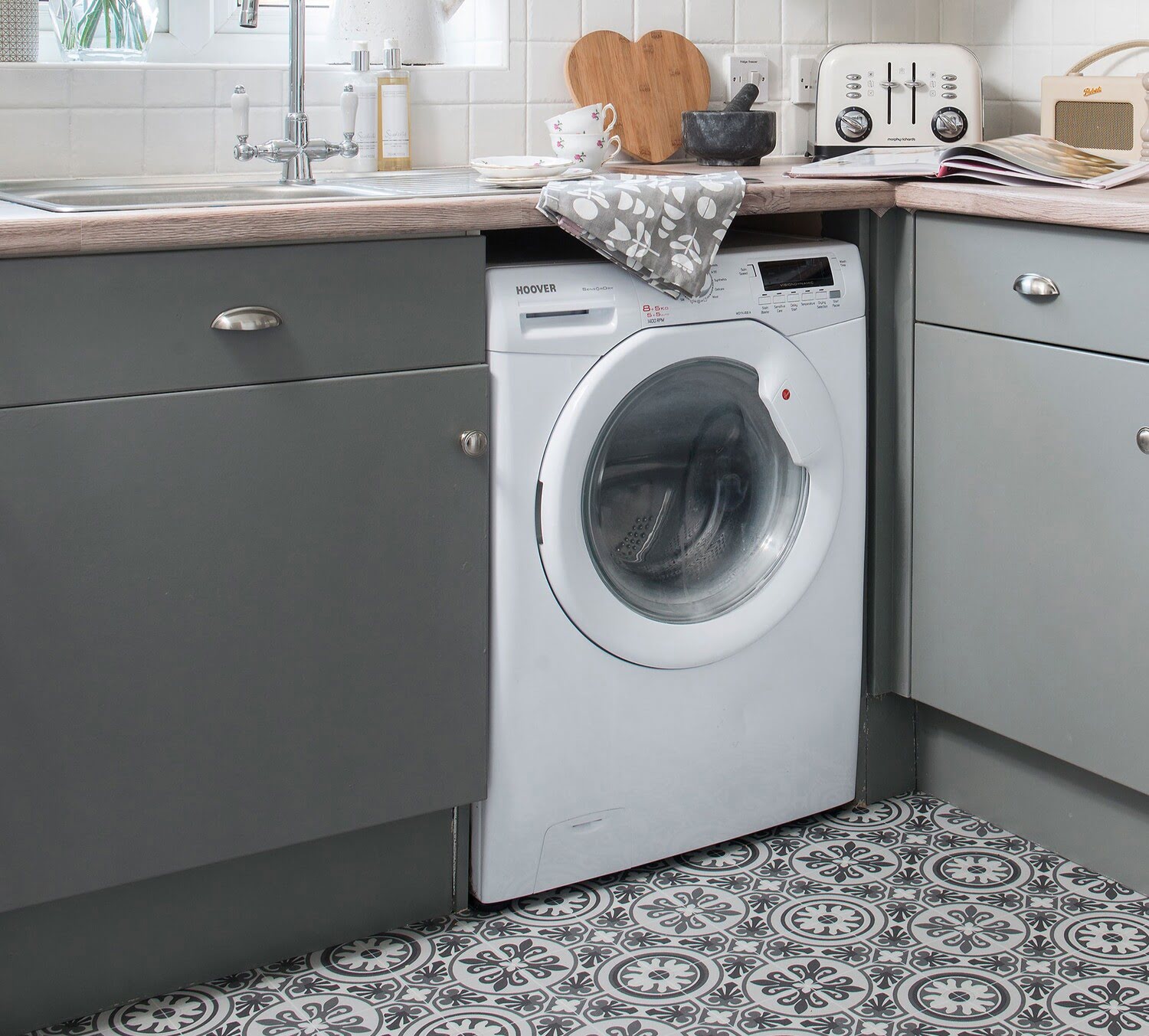

Articles
How To Store A Washing Machine
Modified: December 7, 2023
Learn the best way to store your washing machine with this informative articles. Follow these simple steps to ensure your washing machine stays in good condition during storage.
(Many of the links in this article redirect to a specific reviewed product. Your purchase of these products through affiliate links helps to generate commission for Storables.com, at no extra cost. Learn more)
Introduction
Storing a washing machine properly is essential to ensure its longevity and performance. Whether you are moving to a new place or need to store your washing machine temporarily, taking the necessary precautions will prevent damage and maintain the appliance’s functionality. In this article, we will guide you through the process of storing a washing machine, from preparing the appliance to choosing the right storage location and wrapping it for protection.
Properly storing a washing machine involves several important steps. First, you need to prepare the machine by cleaning and maintaining it to prevent any buildup of dirt or mold during storage. Next, you’ll need to disconnect and drain the water from the appliance to avoid any leakage or damage. To ensure the drum and moving parts of the washing machine are secure, specific measures need to be taken. Additionally, selecting the right storage location is crucial to protect the machine from extreme temperatures and humidity.
Once you’ve prepared the washing machine and chosen the storage location, it’s important to wrap and protect the appliance to prevent scratches, dents, or other physical damage. Following the correct steps for storing the washing machine will ensure its safekeeping and make the process of reinstalling it hassle-free.
In this article, we will provide you with a comprehensive guide on how to store a washing machine properly. By following these steps, you can rest assured that your appliance will remain in optimal condition during storage and be ready for use whenever you need it again.
Key Takeaways:
- Properly preparing and storing a washing machine involves steps such as cleaning, draining water, and securing moving parts. Choosing the right storage location and wrapping the appliance for protection are equally crucial to ensure its longevity and optimal performance.
- Regularly inspecting the washing machine during storage, keeping the storage area clean, and following the manufacturer’s instructions are essential for preserving the appliance. By taking these precautions, you can ensure that your washing machine remains safe, secure, and ready for use when needed.
Read more: How To Reset A Washer
Preparing the Washing Machine for Storage
Before you begin the process of storing your washing machine, it’s important to take a few steps to prepare the appliance for long-term storage. These steps will help ensure that your washing machine stays in good condition while not in use. Let’s dive into the details:
- Empty the washing machine: Start by removing any items or articles of clothing from the washing machine. Check all compartments and pockets to ensure nothing is left behind.
- Unplug the power cord: Make sure the washing machine is completely disconnected from the power source. This will eliminate the risk of electrical issues or accidents during storage.
- Clean the washing machine: Give your washing machine a thorough cleaning before storing it. This includes wiping down the exterior, cleaning the drum, and removing any detergent or fabric softener residue. Use a mild detergent and warm water to clean the drum, as well as any other removable components.
- Drain the water: The next step is to drain any remaining water from the washing machine. Look for a drainage hose located at the back of the machine and position it over a floor drain or a large bucket. Open the drainage hose valve to allow the water to flow out. Once the water has drained completely, close the valve.
- Inspect for leaks: Before storing the washing machine, check for any leaks or signs of water damage. Look for any cracks or holes in the hoses, and replace them if necessary. Inspecting for leaks will help prevent any potential damage while the machine is in storage.
By following these simple steps to prepare your washing machine for storage, you will ensure that it stays clean and ready for use when you need it again. This will also prevent any unpleasant odors or mold from developing inside the machine during the storage period.
Cleaning and Maintaining the Washing Machine
To keep your washing machine in optimal condition during storage and ensure its future performance, it’s crucial to clean and maintain it properly. Regular maintenance will help prevent any buildup of dirt, debris, or mold that can affect the machine’s functionality. Here are some key steps to cleaning and maintaining your washing machine:
- Clean the drum: Regularly clean the drum of your washing machine to remove any dirt or residue. You can use a mixture of vinegar and water to clean the drum thoroughly. Start by filling the drum with hot water and adding two cups of vinegar. Let the machine run a complete cycle without any clothes. This will help eliminate any detergent or fabric softener residue and remove any unpleasant odors.
- Check and clean the detergent dispenser: The detergent dispenser can accumulate residue and become clogged over time. Remove the detergent dispenser tray and rinse it with warm water. Use a soft brush to clean any stubborn residue. Allow the tray to dry completely before reinserting it into the machine.
- Inspect and clean the filter: The filter in your washing machine can become clogged with lint, debris, and other particles. Regularly check the filter and clean it as necessary. Refer to the manufacturer’s instructions for the location and cleaning process of the filter.
- Wipe down the exterior: Use a damp cloth to clean the exterior of the washing machine, including the control panel and buttons. Make sure to dry the surface thoroughly to prevent any moisture from seeping into the machine during storage.
- Leave the door open: After cleaning the washing machine, it is advisable to leave the door open slightly during storage. This allows air circulation and prevents the growth of any mold or mildew inside the machine.
By following these cleaning and maintenance steps, you can ensure that your washing machine remains in good condition while in storage. Regularly cleaning and maintaining the machine will also extend its lifespan and enhance its overall performance once you start using it again.
Disconnecting and Draining Water
Before storing your washing machine, it’s important to properly disconnect and drain the water to prevent any leaks or damage. Here are the steps to follow:
- Turn off the water supply: Locate the water supply valves behind the washing machine and turn them off. This will prevent any water flow into the appliance during storage.
- Unplug the washing machine: Make sure the washing machine is safely unplugged from the power source. This will ensure your safety while working with the machine.
- Disconnect the hoses: Next, you’ll need to disconnect the inlet hoses that supply the washing machine with water. Use pliers to loosen the hose connections and carefully remove the hoses from the appliance. Make sure to have a towel or bucket handy to catch any excess water that may spill out.
- Empty the hoses: Once the hoses are disconnected, empty any remaining water by holding them over a sink or drain. You can gently shake the hoses to remove excess water. Be careful not to damage or kink the hoses during this process.
- Clean the hoses and check for damage: Take a moment to inspect the hoses for any cracks, leaks, or signs of wear. If you notice any damage, it’s recommended to replace the hoses before storing the washing machine. Clean the hoses with a mild detergent and water to remove any dirt or residue.
- Allow the washing machine to dry: After disconnecting and draining the water, it’s important to let the washing machine dry completely before storage. This will prevent any moisture buildup and potential damage during the storage period.
By following these steps, you ensure that there is no water left in the washing machine or its hoses, reducing the risk of leaks or damage during storage. Disconnecting and draining the water are essential precautions to maintain the integrity of the appliance and protect it during its time in storage.
Securing the Drum and Moving Parts
To ensure the drum and moving parts of your washing machine are securely protected during storage, it’s important to take a few additional steps. By securing these components, you can minimize the risk of damage or malfunction. Here’s how:
- Secure the drum: The drum is the central component of the washing machine and needs to be properly secured for storage. You can place a folded towel or a cushion inside the drum to prevent it from rotating or shifting during transportation or storage. This will help protect the drum and minimize any potential damage.
- Lock the door: If your washing machine has a door lock feature, make sure it is engaged before storage. This will prevent the door from accidentally opening and causing damage to the machine or nearby surroundings during transportation or storage.
- Secure the moving parts: Some washing machines have detachable or movable parts, such as lint filters or detergent dispensers. Remove these parts and secure them separately. Place them in a labeled bag or container and store them in a safe place to avoid misplacing or damaging them.
- Use zip ties or tape: To further secure any loose or moving parts, you can use zip ties or tape. This is particularly useful for hoses, electrical cords, or any other component that may shift during transportation or storage.
- Refer to the manufacturer’s instructions: Always consult the manufacturer’s manual or instructions specific to your washing machine model. They may provide additional guidelines or recommendations for securing the drum and moving parts for storage.
By taking these steps to secure the drum and moving parts of your washing machine, you can minimize the risk of damage and ensure that the machine remains in good condition throughout its storage period. Properly securing these components will contribute to the overall longevity and performance of your appliance.
When storing a washing machine, make sure to clean and dry the interior and exterior thoroughly to prevent mold and mildew growth. Keep the door slightly ajar to allow air circulation and prevent odors.
Read more: How To Clean Washer And Dryer
Choosing the Right Storage Location
When it comes to storing your washing machine, selecting the right storage location is crucial to ensure its safekeeping. Consider the following factors when choosing where to store your appliance:
- Avoid extreme temperatures: Extreme temperatures can negatively affect the performance and longevity of your washing machine. Avoid storing it in areas that are subject to direct sunlight, as this can cause fading or warping of the machine’s exterior. Similarly, storing the appliance in extremely cold environments, such as unheated garages or sheds, can result in cracked hoses and other potential damage. Aim for a storage location with a moderate and consistent temperature.
- Control humidity levels: High humidity levels can lead to mold growth and damage the internal components of your washing machine. Choose a storage area that is dry and well-ventilated, or consider using a dehumidifier to maintain optimal humidity levels.
- Protect from moisture: Moisture is one of the biggest threats to the longevity of your washing machine. Avoid placing the appliance near water sources or in damp areas. If the storage location is prone to moisture, consider using moisture-absorbing products like silica gel packets or moisture traps to help reduce humidity and prevent damage.
- Consider accessibility: Think about how easily accessible the storage location is, especially if you plan on reusing the washing machine in the near future. Ideally, the location should allow for convenient retrieval and reinstallation without any obstacles or difficulties.
- Protection from pests: Take measures to protect your washing machine from pests like rodents or insects. Seal any openings or gaps where pests could potentially enter and consider using pest deterrents, such as traps or repellents, in the vicinity of the stored appliance.
By carefully considering these factors and selecting an appropriate storage location for your washing machine, you can ensure that it remains safe, dry, and protected. Choosing the right storage environment will help preserve the integrity of the appliance and ensure its optimal performance when you’re ready to use it again.
Wrapping and Protecting the Washing Machine
Properly wrapping and protecting your washing machine is essential to prevent any physical damage during storage. By taking the necessary precautions, you can ensure that the appliance remains in good condition and is ready for use when needed. Here are some steps to follow:
- Cover the washing machine: Use a large plastic or fabric cover to shield the entire washing machine. This will help protect it from dust, dirt, and potential scratches or dents. Make sure the cover fits snugly to provide optimal protection.
- Secure the cover: Use tape, straps, or bungee cords to secure the cover in place and prevent it from slipping or being removed during transportation or storage.
- Protect the control panel: If your washing machine has a control panel, consider covering it separately with a piece of plastic or a specialized cover. This will prevent any accidental button presses or damage to the panel while in storage.
- Pad the corners and edges: Use foam padding or bubble wrap to protect the corners and edges of the washing machine. These areas are more susceptible to bumps or impact during transportation or storage, so providing extra padding will help prevent any damage.
- Avoid leaning items on top: Make sure not to stack any heavy objects or place any items on top of the wrapped washing machine. This can cause unnecessary pressure and potentially damage the appliance.
- Store accessories separately: If your washing machine came with any accessories like hoses or attachments, store them separately. Label and place them in a secure location to ensure they aren’t misplaced or damaged during storage.
By following these steps to wrap and protect your washing machine, you can safeguard it from potential damage during storage. Taking the time to properly wrap and secure the appliance will contribute to its longevity and maintain its functionality for future use.
Storing the Washing Machine Correctly
Once you have prepared and protected your washing machine, it’s time to store it correctly to ensure its safety and proper functionality. Here are some important steps to follow:
- Elevate the washing machine: Store the washing machine in an elevated position, if possible. This helps prevent any potential damage caused by flooding or water leaks. Placing the appliance on wooden blocks or pallets can provide the necessary elevation.
- Secure the washing machine: Make sure the washing machine is securely in place to prevent any unnecessary movement or shifting during storage. This can be achieved by using straps or bungee cords to anchor the appliance to a wall or other stable structure.
- Leave space around the machine: Allow for some space around the washing machine to promote air circulation and prevent any potential damage. Avoid storing other items directly against or on top of the appliance.
- Keep the machine level: It’s important to store the washing machine on a level surface. This ensures that the internal components and mechanisms are not strained or stressed during storage.
- Avoid storing heavy objects on top: Do not place heavy items on top of the washing machine, as it can cause unnecessary pressure and potentially damage the appliance.
- Keep the area clean: Make sure the area where you store the washing machine remains clean and free of dust or debris. Regularly inspect the surroundings to prevent any potential damage to the appliance.
Following these steps will help you store your washing machine correctly, maintaining its structural integrity and ensuring its proper functioning when it’s time to use it again. Taking the necessary precautions and keeping the machine in an optimal storage position will preserve its longevity and protect it from any potential damage.
Precautions and Tips for Storage
When storing your washing machine, it’s important to take certain precautions and keep in mind a few helpful tips to ensure its safekeeping and maintain its performance. Here are some precautions and tips to consider:
- Label and document: Before moving your washing machine into storage, label the appliance and take photos or make a detailed documentation of its current condition. This will be helpful for insurance purposes or if any issues arise during storage.
- Regularly inspect: Periodically check on the washing machine during its storage period. Look for any signs of damage, pests, or leaks, and address any issues promptly to prevent further damage.
- Avoid stacking: Do not stack heavy items on top of the washing machine, as this can potentially damage the appliance or compromise its structural integrity.
- Keep the storage area clean: Maintain a clean storage area for the washing machine to prevent dust or debris from accumulating. Regularly sweep or vacuum the area to avoid any potential damage to the appliance.
- Consider climate-controlled storage: If you live in an area with extreme climate conditions, consider renting a climate-controlled storage unit. This will help protect your washing machine from temperature fluctuations and excessive humidity.
- Follow the manufacturer’s instructions: Always refer to the manufacturer’s instructions for any specific recommendations or guidelines for storing your particular washing machine model.
- Disconnect power if storing for a long period: If you are storing the washing machine for an extended period, consider disconnecting the power supply to prevent any electrical issues or accidents.
- Do a final cleaning before use: When you are ready to use the washing machine again after storage, perform a final cleaning and inspection to ensure it is in optimal condition. Run a clean cycle with a mild detergent to remove any potential residue or odors that may have developed during storage.
By following these precautions and tips, you can ensure that your washing machine is stored properly and in a condition that allows for its seamless reinstallation and use in the future. Taking the necessary steps to protect the appliance will help preserve its lifespan and performance, allowing you to enjoy clean laundry for years to come.
Read more: How To Unclog Washer Drain
Conclusion
Properly storing your washing machine is crucial to ensure its longevity and performance. By taking the necessary precautions and following the steps outlined in this article, you can protect your appliance from damage and keep it in optimal condition during its time in storage.
From preparing the washing machine by cleaning and draining water to securing the drum and moving parts, each step plays a vital role in maintaining the appliance. Choosing the right storage location, wrapping the machine for protection, and storing it correctly are equally important to prevent any physical damage or functional issues.
By following the precautions and tips provided, you can ensure that your washing machine remains safe, secure, and ready for use when you need it again. Regularly inspecting the appliance during storage and taking care to keep the storage area clean will further contribute to its preservation.
Remember to consult the manufacturer’s instructions specific to your washing machine model for any additional guidelines or recommendations. Following these guidelines will ensure proper storage and help extend the lifespan of your appliance.
By taking the time to store your washing machine properly, you can protect your investment and enjoy the convenience of clean laundry for years to come.
Frequently Asked Questions about How To Store A Washing Machine
Was this page helpful?
At Storables.com, we guarantee accurate and reliable information. Our content, validated by Expert Board Contributors, is crafted following stringent Editorial Policies. We're committed to providing you with well-researched, expert-backed insights for all your informational needs.


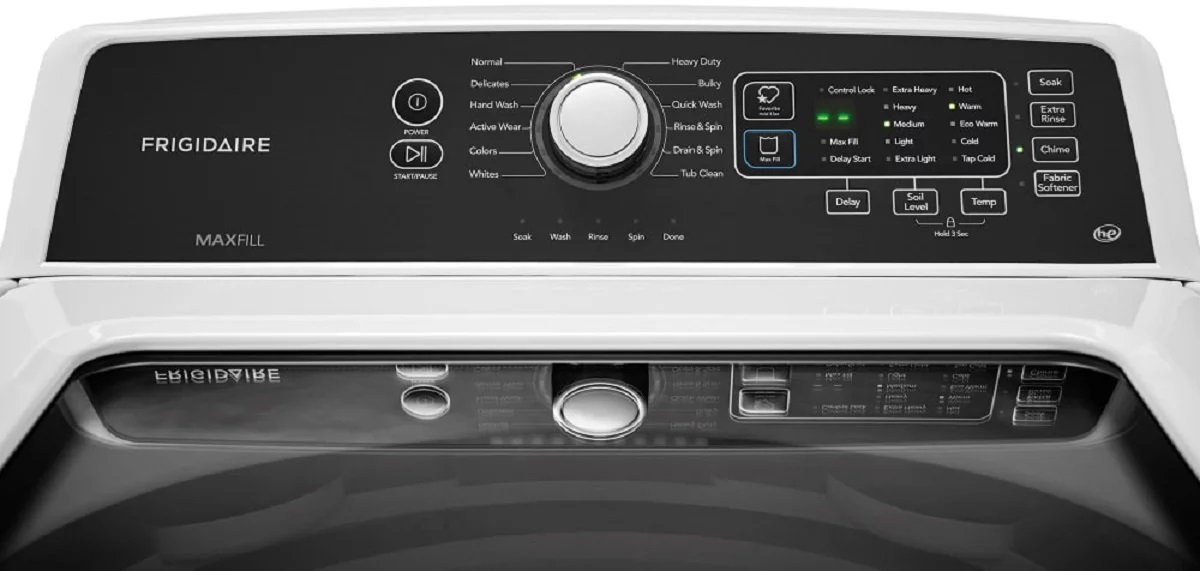
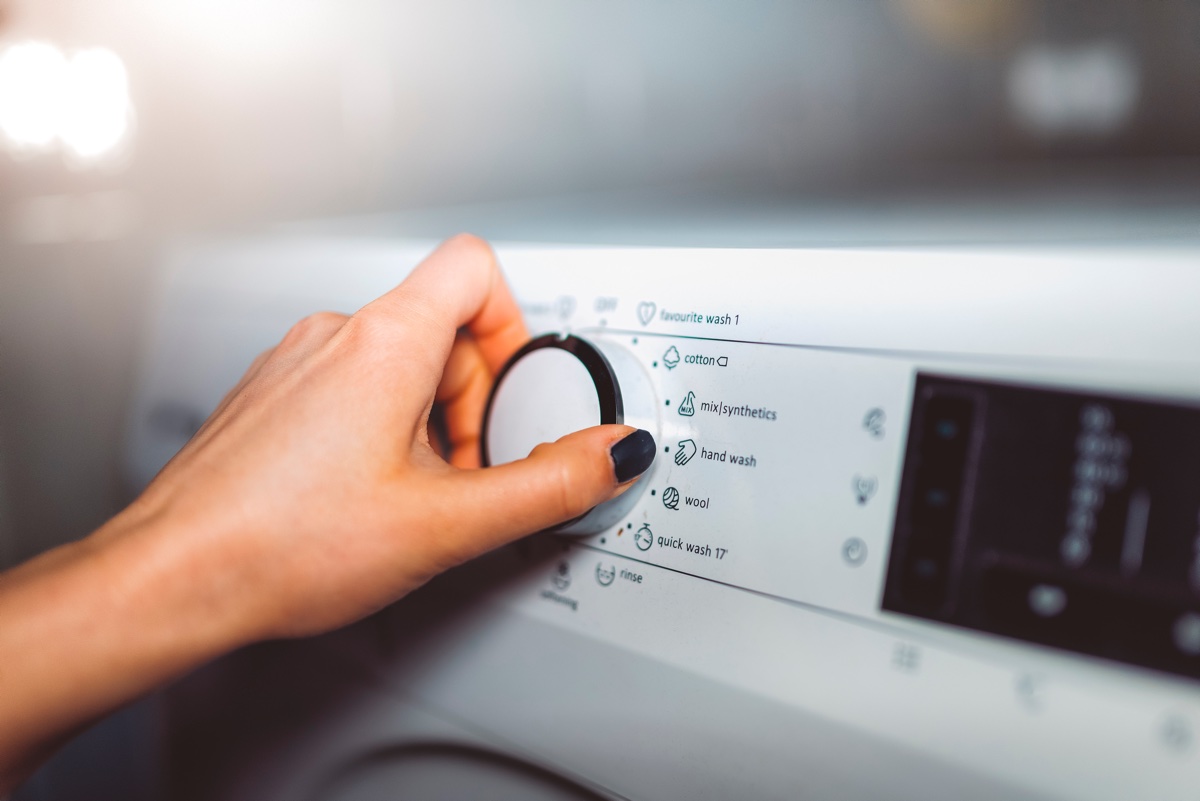
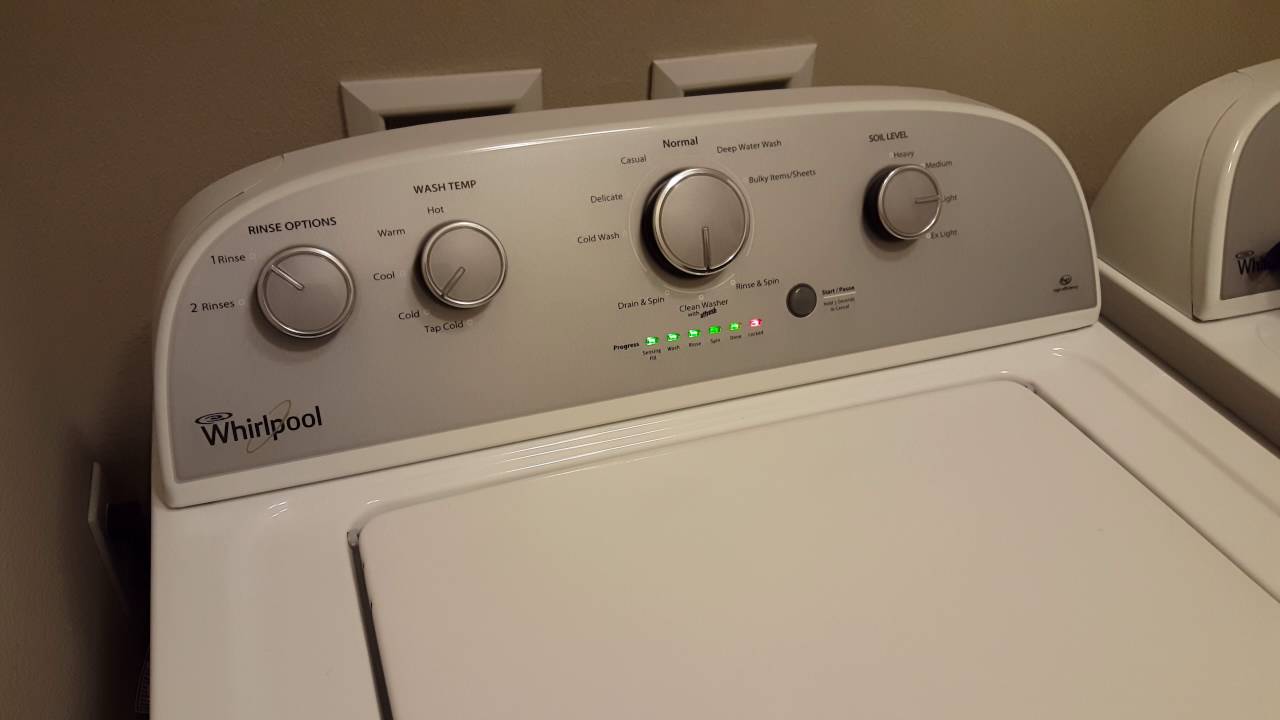

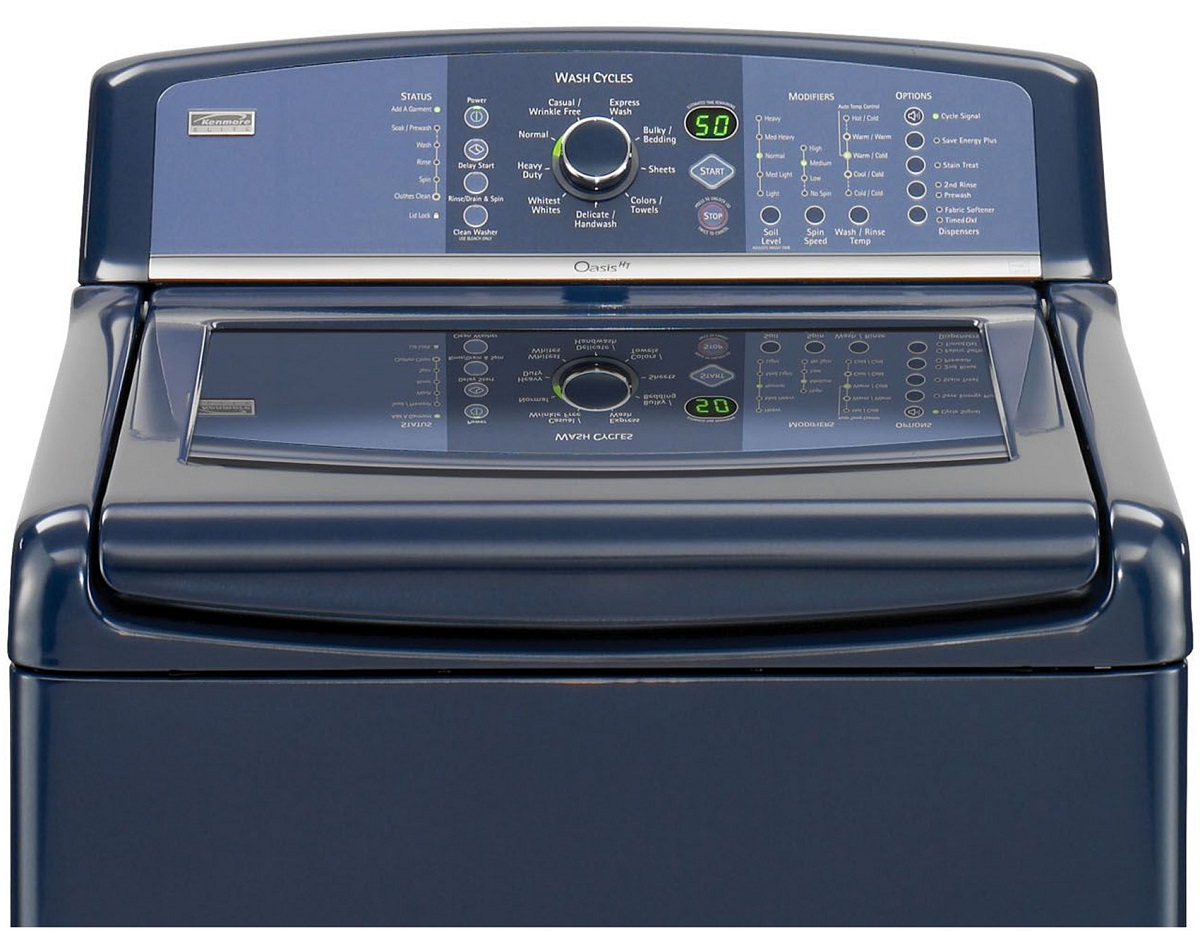
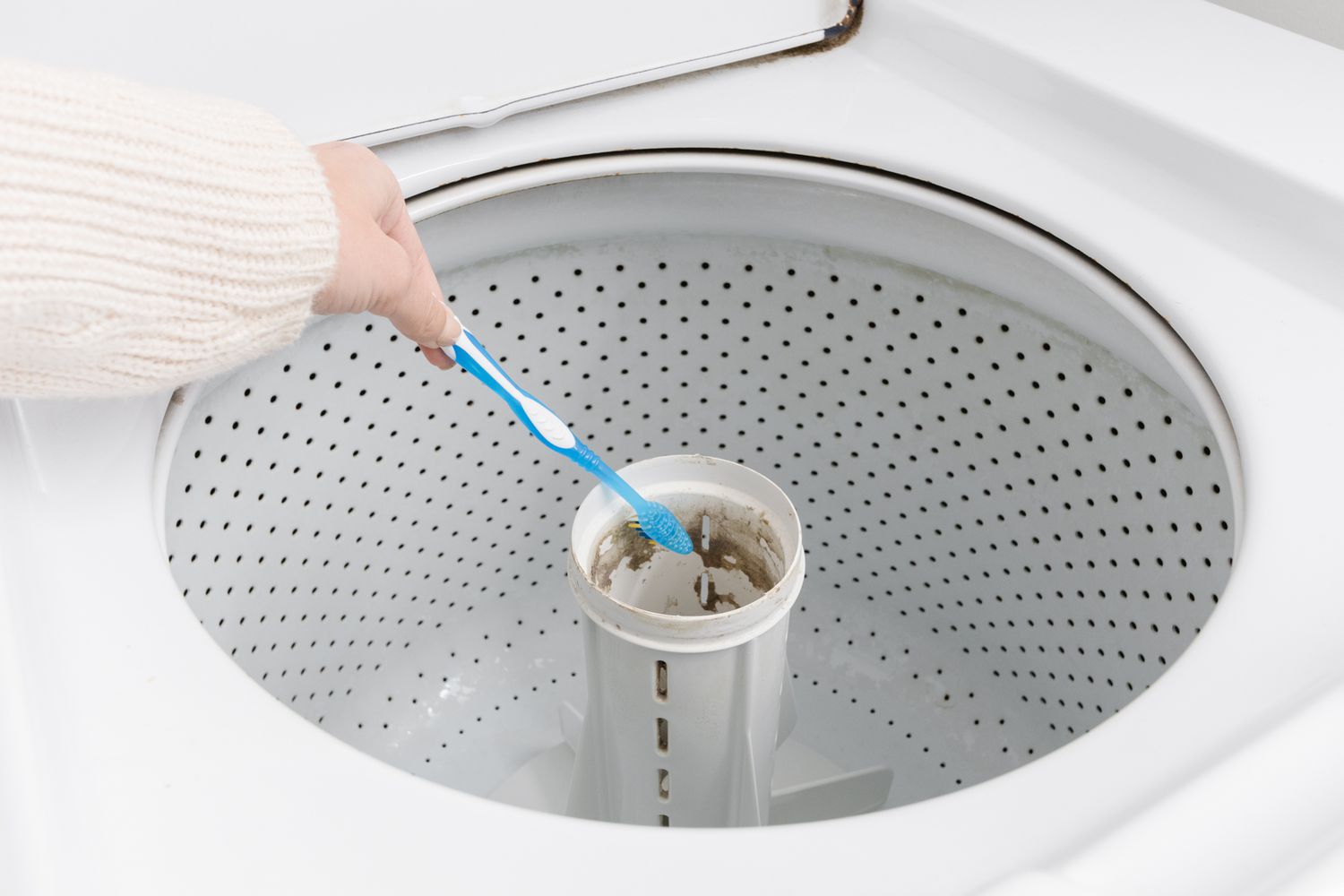
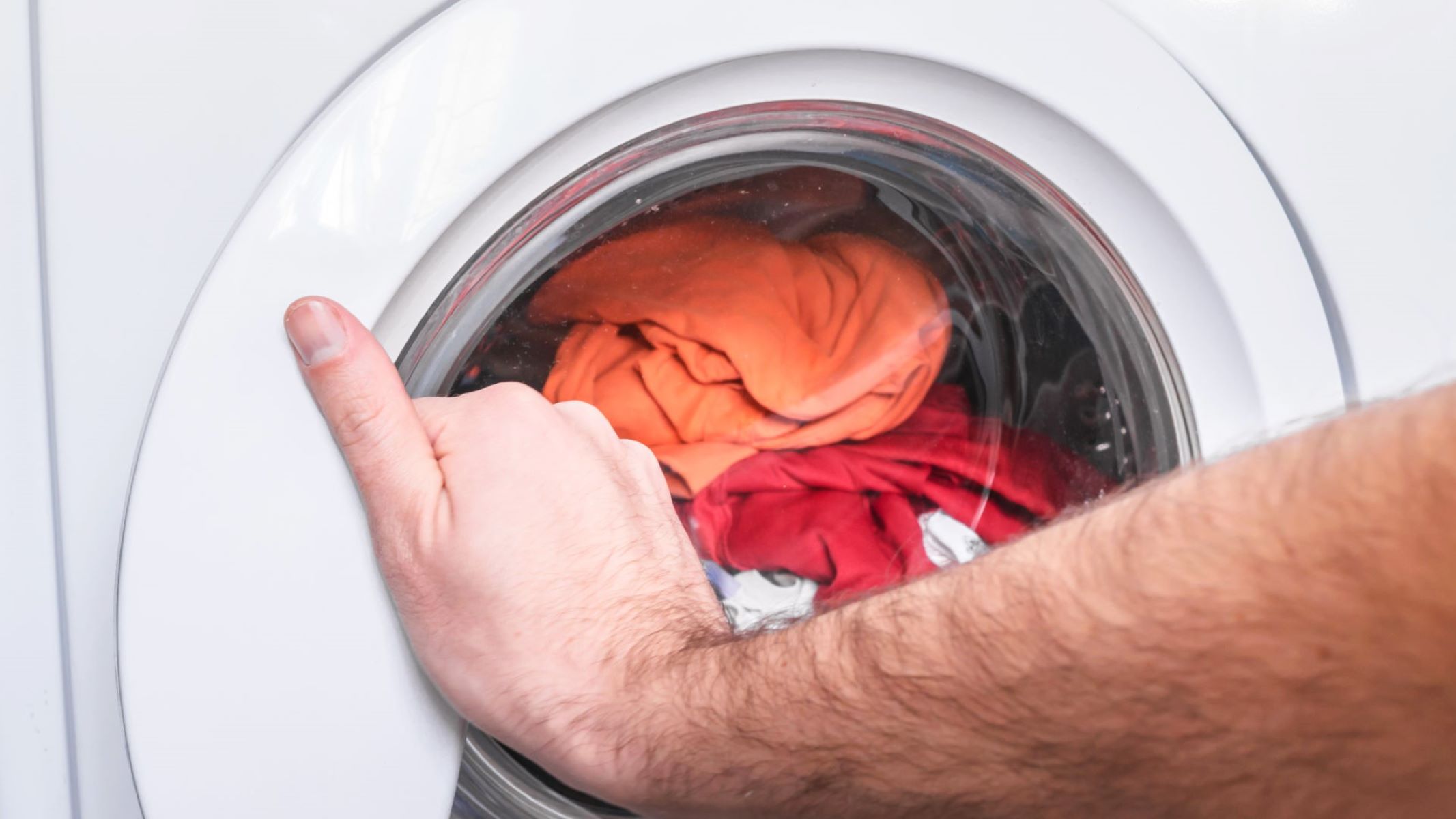

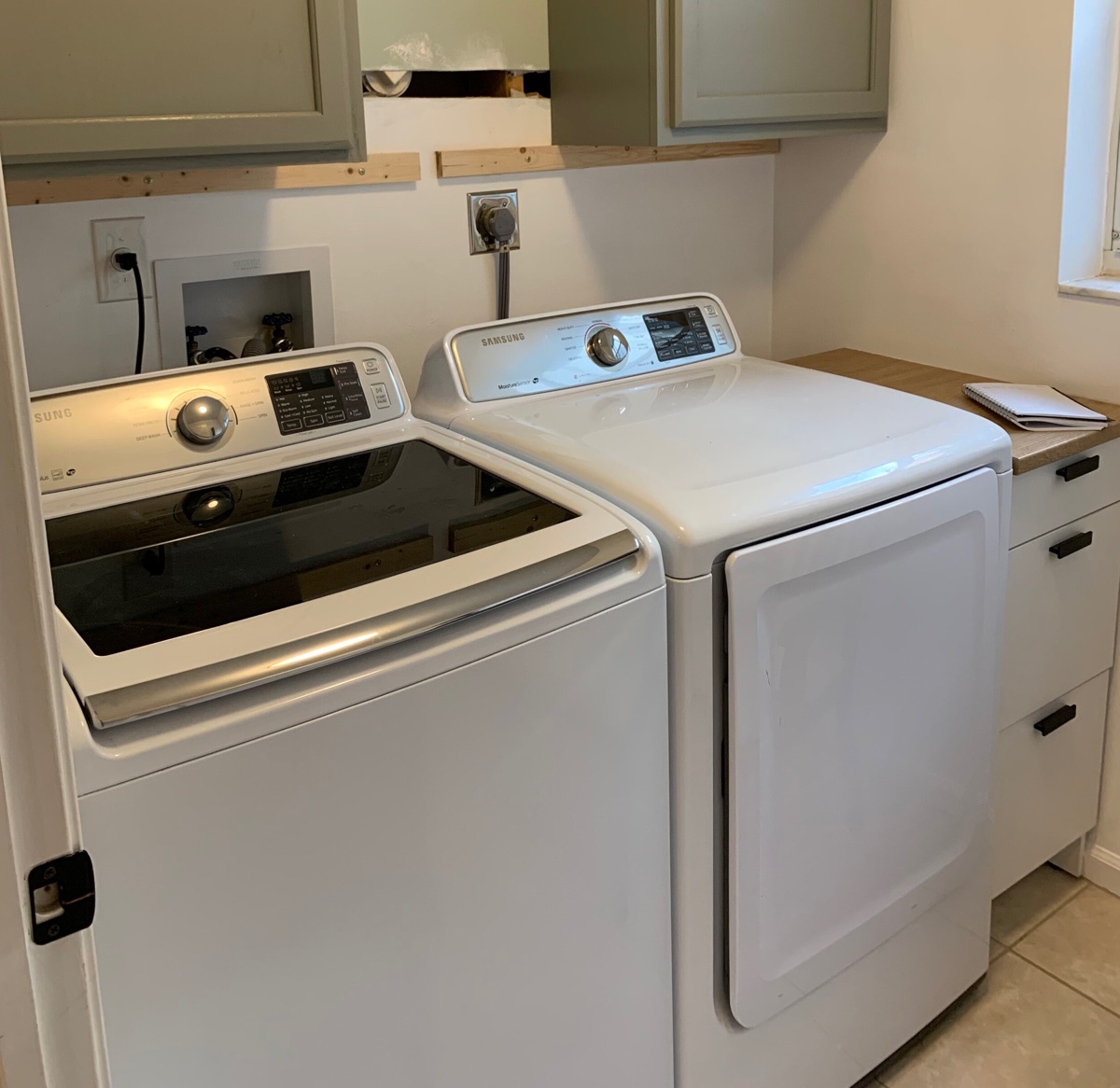
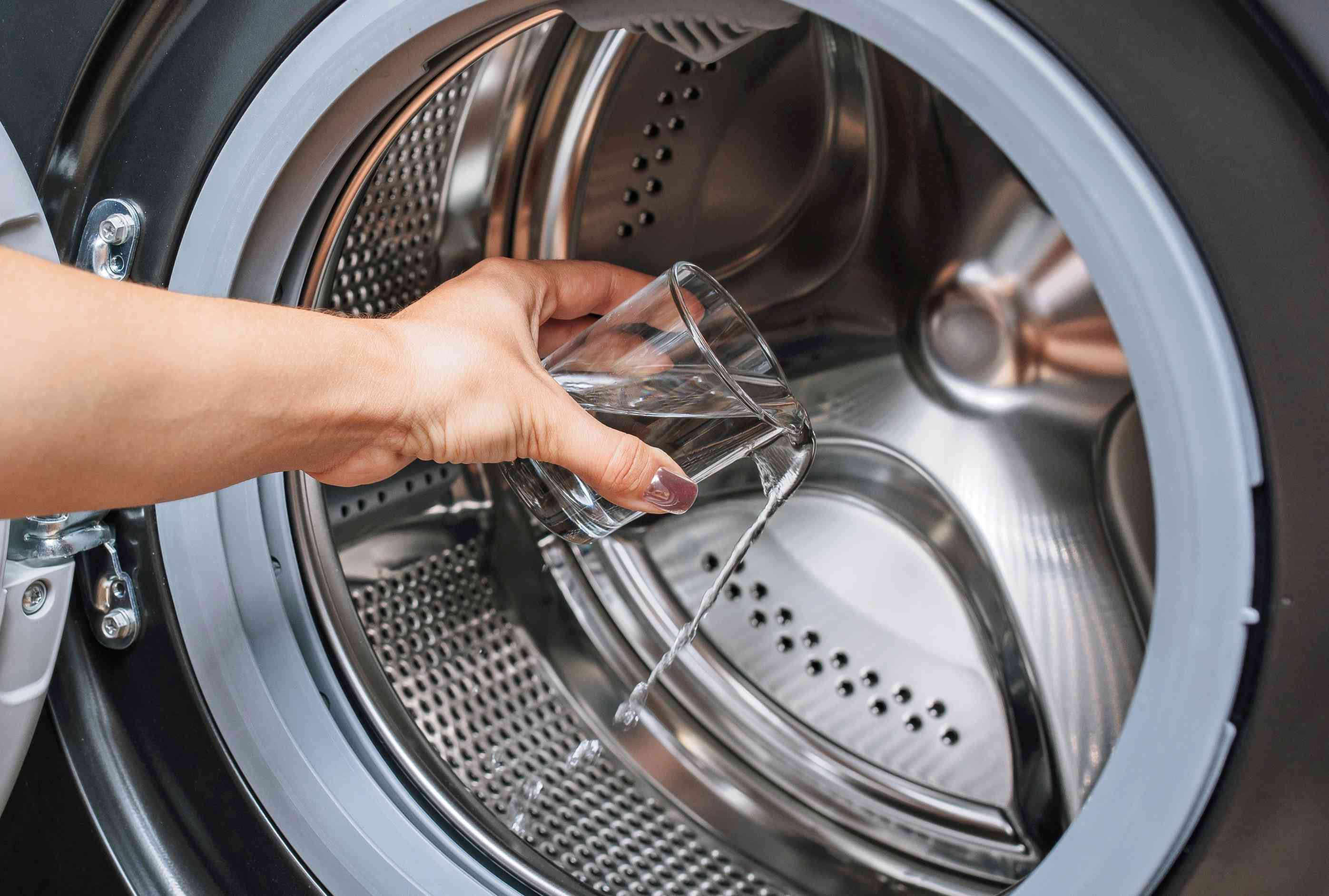
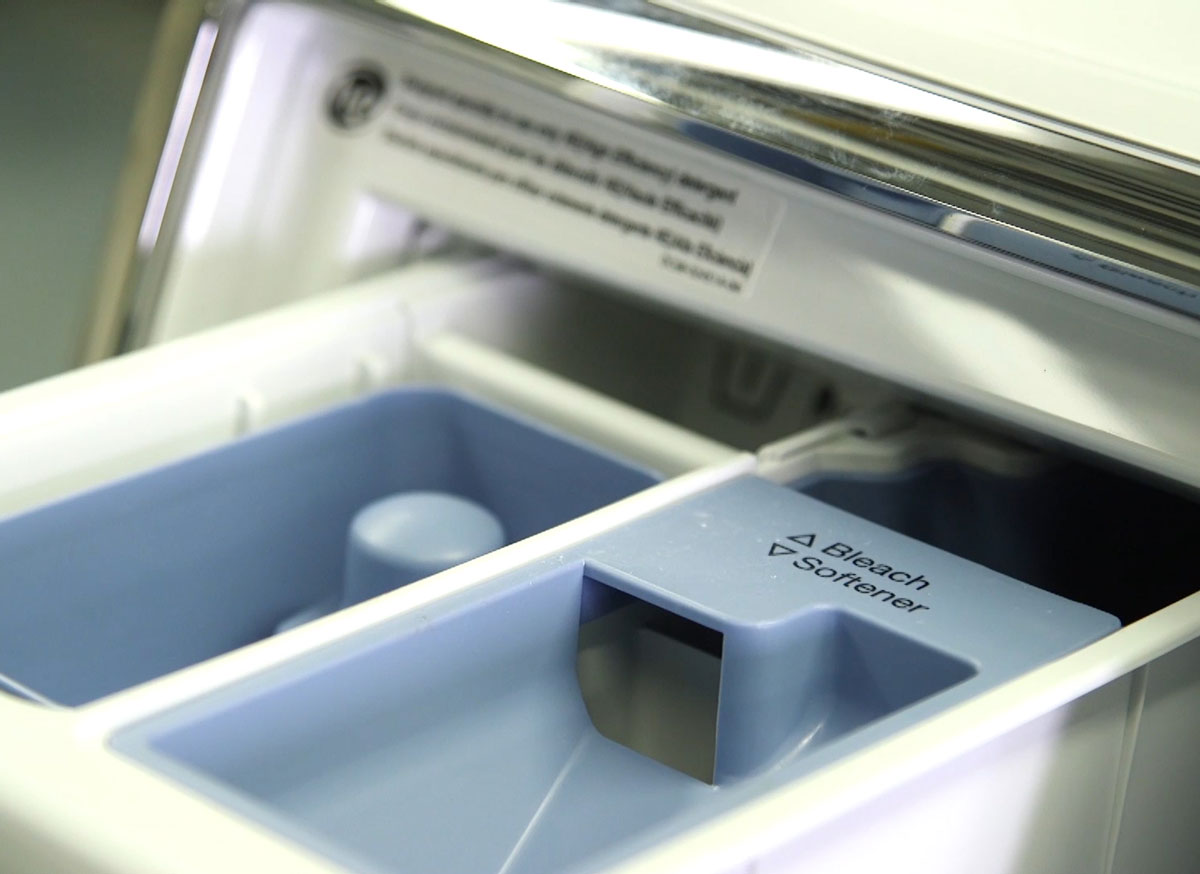

0 thoughts on “How To Store A Washing Machine”